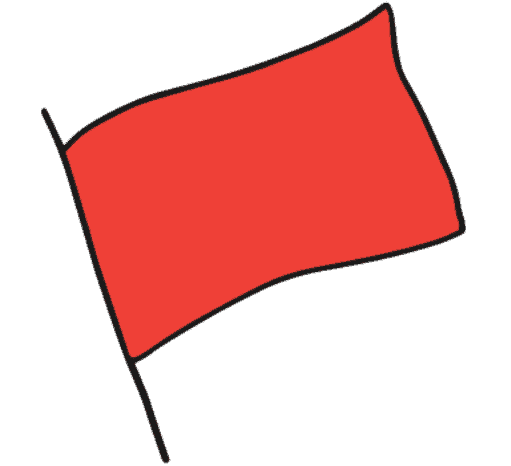Some of the most popular golf balls are Top Flite’s Bomb golf balls. They are incredibly popular, especially among casual and amateur golfers. Top Flite’s Bomb golf balls are known to go fast and get a ton of distance due to their overall design. However, with this much promise, are these Bomb golf balls even legal to use?
To figure this out, I took a look at the USGA and R&A equipment database.
Are Bomb golf balls illegal? According to the USGA and R&A, Bomb golf balls are legal to use in any casual, high-level amateur, or professional golf outings or tournaments. This means that any golfer can legally use Bomb golf balls.
For reference, the USGA and R&A are considered governing bodies of the golfing world. Any rule or equipment regulation that they make is considered law by all other golfing groups and organizations.
Below is a screenshot from the database that shows all of the different types of Bomb golf balls that are considered legal.
As you can see, I searched for “bomb” in the “conforming balls” category. So, the search results are returning any legal golf balls with the name “bomb”.
What Is The USGA and R&A Equipment Database?
For those that don’t know, the USGA and the R&A have a full database of conforming equipment. In other words, any piece of golf equipment that is sold to the mainstream community must be approved by the USGA and the R&A. If it is approved, then it is put into this database.
So, you can use this database to check the legality of any golf ball or club.
What Makes A Golf Ball Illegal?
Believe it or not, golf equipment is incredibly regulated. There are very strict rules put into place to make sure that golf equipment manufacturers aren’t designing anything that would give a player an unfair advantage.
More specifically for golf balls, there are a few sets of rules that the ball must adhere to in order to be considered legal. Below is a list of those rules:
From the USGA Equipment Rules:
- Golf balls may have a single, concentric core with a diameter of ≤ 0.9-in
- The weight of the ball must not be greater than 1.620 ounces avoirdupois
- The diameter of the ball must not be less than 1.680 inches
- The ball must not be designed, manufactured or intentionally modified to have properties which differ from those of a spherically symmetrical ball
There are a few more ambiguous rules that the ball must conform to, but these are the general rules that the golf balls must follow.
